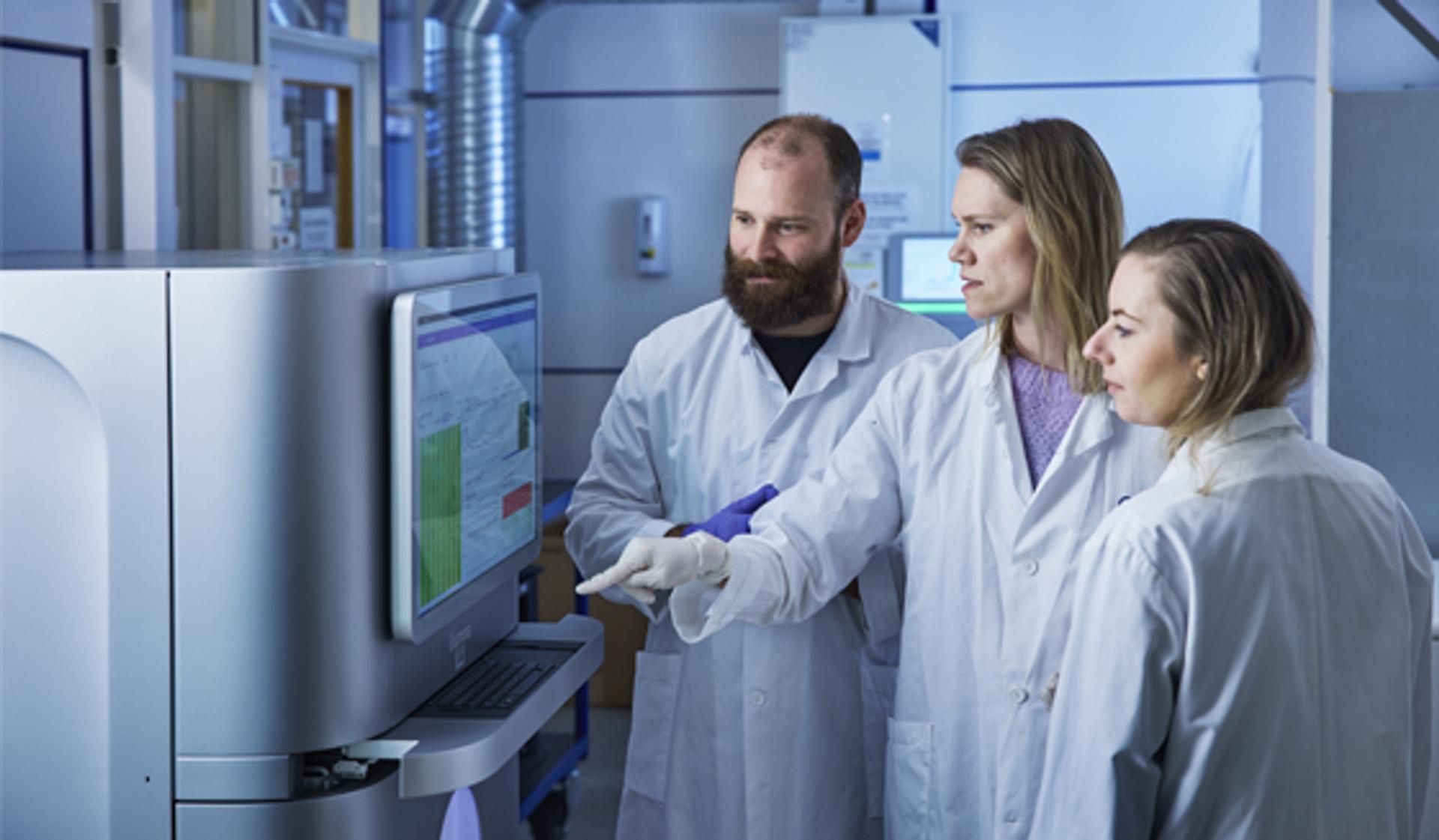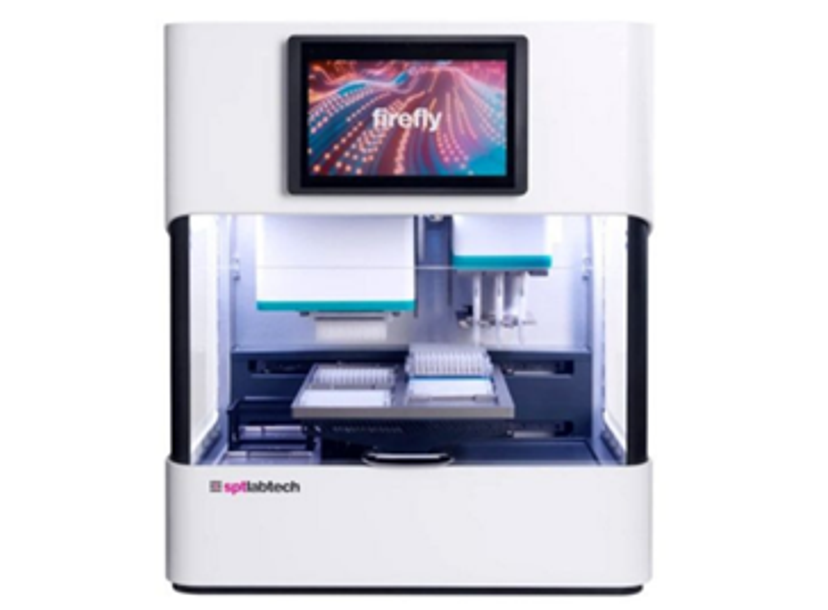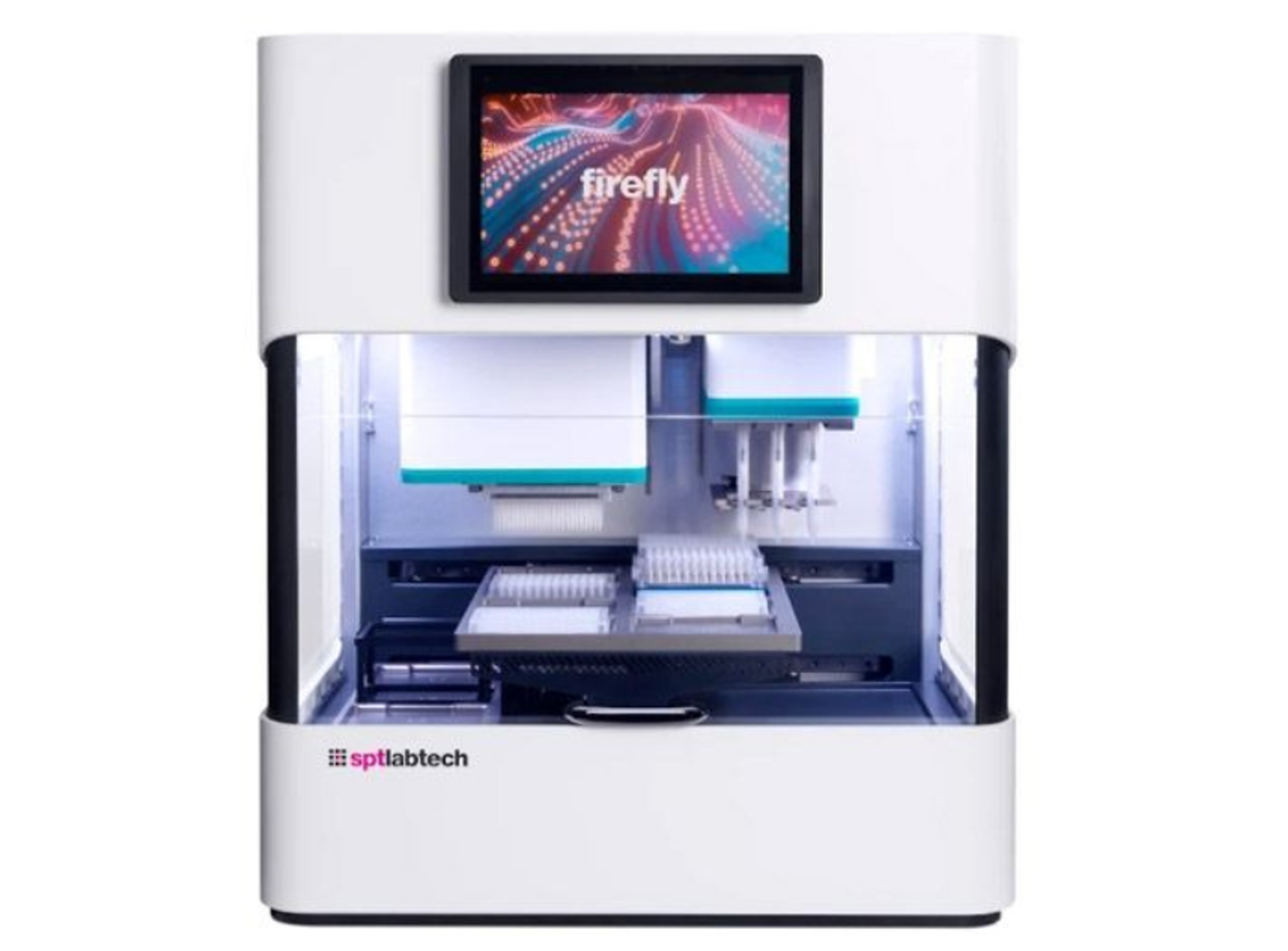Norwegian Sequencing Centre enhances multiomic workflows with automated liquid handling
Explore the role of SPT Labtech's firefly system in core labs for proteomics, genomics, and multiomics applications
7 Apr 2025
Core facilities are integral to advancing scientific discovery. They provide essential services to various research groups while oftentimes handling large datasets from diverse samples. As the demand for data-rich, complex projects (such as multiomics and next-generation sequencing) continue to grow, so do the challenges of managing throughput without compromising precision. As a result, lab automation has emerged as a vital tool to improve efficiency, accuracy, and scalability in core facilities around the world.

The Norwegian Sequencing Centre is a national technology core facility offering comprehensive sequencing services. Photo courtesy of Bård Gudim AS.
Established in 2009, the Norwegian Sequencing Centre (NSC) is a core facility located at Oslo University Hospital. The team at NSC has several years’ first-hand experience of the transformative effects that introducing lab automation can have on their day-to-day work. By turning to automated liquid handling solutions – including recently the firefly® from SPT Labtech – they have been able to enhance their proteomics and genomics workflows.
The decision to automate and address throughput challenges

Marianne Dalland, Sequencing Advisor, NSC
A key challenge for many core labs is the diversity and complexity in sample origin, type, and preparation requirements. “Our main challenge is that we encounter several different types of samples at any one time,” shares Marianne Dalland, Sequencing Advisor at the NSC. “We handle samples from all kinds of research groups, and they don’t all behave the same way.”
This diversity can make it difficult to maintain consistency and throughput. In addition, the NSC processes up to 250 DNA and RNA samples, alongside an additional 250 user-prepared libraries per week, and the decision to automate at NSC was driven by the need for this high-throughput processing.
Handling such volumes means that the core facility must constantly balance speed with quality, ensuring that experiments meet rigorous standards while avoiding unnecessary delays. This also necessitates careful adjustments in protocols, including varying PCR cycles and accommodating specific project requirements. Typically, customers approach the NSC with highly detailed and bespoke requests. After an initial evaluation, the provided samples are prepared for sequencing – a process that is aided by automation.
How to select the right liquid handling solution for you
When purchasing a liquid handling system, a lab should consider the following:
- Can the system ensure both precision and accuracy in its liquid handling?
- Can the system handle the throughput needs of the lab both now and in the future?
- Is the system flexible enough to be able to accommodate the varied protocols and workflows a core lab is presented with, as well as adapt to the facility’s evolving needs?
- Is the system easy to program and is it straightforward to implement new methods to minimize the need for specialized training?
Since considering these questions, the NSC now utilizes the Olink proteomics workflow, in which firefly from SPT Labtech plays a key role. This workflow ensures the lab can keep up with the demand for more complex and data-intensive multiomics projects, without sacrificing quality. The firefly promises faster turnaround times than seen with previous liquid handling systems they have owned, while improving consistency and avoiding human error.

Gregor Gilfillan, Lab Leader, NSC
However, it was the promised flexibility that confirmed their decision to purchase the firefly. By leveraging a single platform for both proteomics and genomics applications, the center can avoid the complications of managing separate systems for different types of experiments, thus reducing both operational complexity and costs.
“The automation that we have today has reduced the bottleneck that comes from DNA and RNA library preparation. However, sample numbers are continually going up, particularly with multiomics, as people are running more samples of more diverse types, often from the same starting sample,” notes Gregor Gilfillan, Lab Leader at NSC. “Automation is not just time-saving, it also reduces human error. We share our machines with a diagnostic facility, where the avoidance of human error is even more important, so I think there will be an increasing emphasis on the reliability that automation provides, even more so than it’s time-saving factor.”
The future of lab automation in core facilities

Accelerate your multiomics research with an innovative all-in-one, compact liquid handling system: firefly®
As the demand for multiomics and large-scale sequencing projects continues to increase, the onus on core labs to handle complex, data-intensive projects will only grow over coming years. Lab automation will play a pivotal role in the success of these core facilities moving forwards, in particular supporting multiomics, genomics, and proteomics research.
Automated equipment such as firefly from SPT Labtech provides a versatile solution for core facilities looking for a system adept at providing fast, flexible, and high-throughput workflows. By incorporating automated liquid handling systems like firefly, core facilities can be confident in opening up their offering to new research opportunities.

